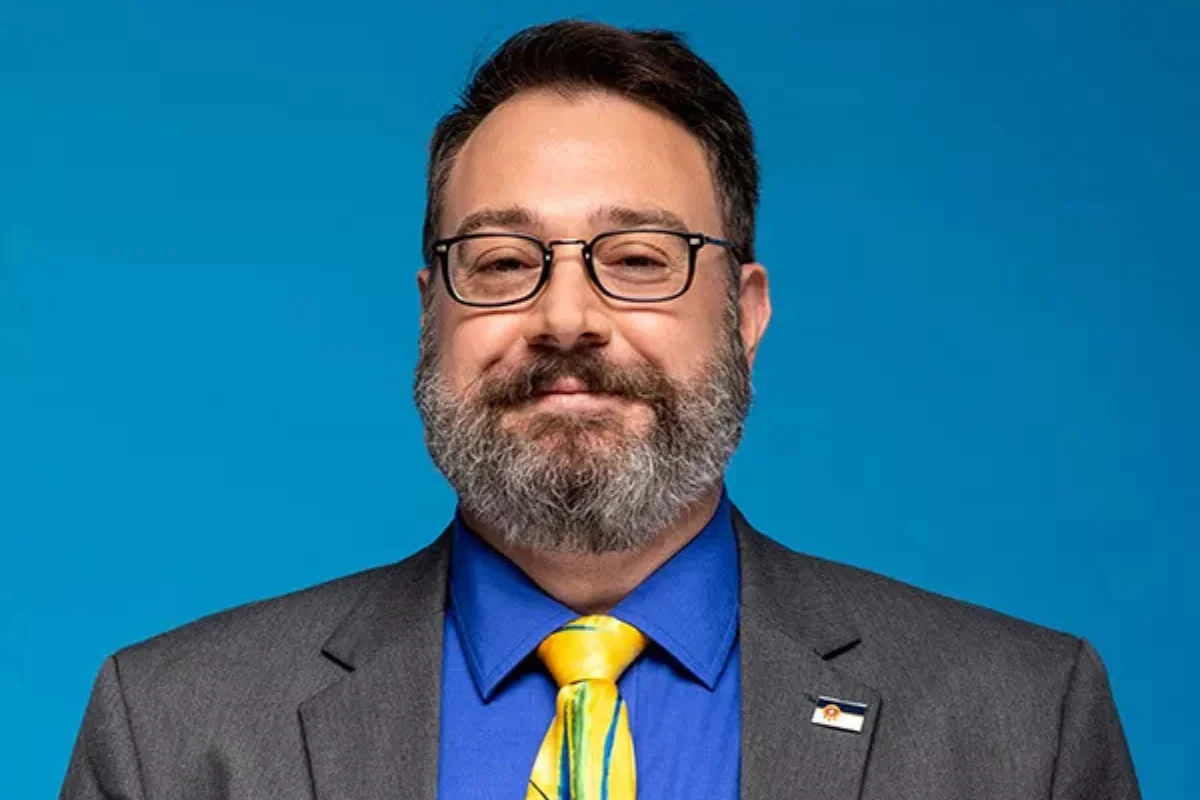Where Policy Meets Progress: A Q&A with Mike Dickerson

Mike Dickerson didn’t set out to build a career in public service, but after nearly 20 years with the City of Tulsa and now as SVP of Incentives and Municipal Relations at PartnerTulsa, he’s played a key role in shaping how the city grows. What began as an entry-level job turned into a passion for creating thoughtful, impactful economic development policies. Mike now leads efforts around tax incentives, municipal relations and project planning that aim to improve housing, job access and quality of life across Tulsa. In this month’s Meet the Team highlight, he reflects on his unexpected journey, why TIF districts are one of Tulsa’s strongest tools for growth, and the projects he’s most excited about — from revitalizing east Tulsa to laying the groundwork for thousands of future jobs.
1.) What initially inspired you to pursue a career in public service, and how has your experience with the City of Tulsa and PartnerTulsa shaped that journey?
I needed insurance and wanted something that was stable – that’s the simple answer! As I was wrapping up my degree in economics at Oklahoma State University, my wife was working at the City of Tulsa in Human Resources (HR). I was in the habit of taking her lunches pretty regularly and became friends with the City’s Finance Director and a few of the HR analysts. They talked me into getting an entry level position that would allow me to continue classes. That experience gave me a feel for how things operated at the municipal level. My goal was always to work for the federal government doing some kind of economic analysis. I fell into a routine with my early jobs at the City and moved from Public Works to Asset Management and Human Rights before landing in Planning and Economic Development. Looking back on it, after close to two decades with the City, I learned a tremendous amount about working with the public and saw how important development projects were in helping all Tulsans succeed. Being able to work with so many great people along the way helped me slide into whatever roles were needed. After I left the City as their Economist, I helped coordinate all of our finance and back office as the Controller when PartnerTulsa was launched. Transitioning now into the Senior Vice President of Incentives and Municipal Relations, I’m getting back to the roots of creating the TIF districts and managing the relations that allow us to continue to help Tulsans through all of our programs.
2.) How would you describe your role at PartnerTulsa, and what are some of the projects you’re currently involved in?
I’m a bit of a fixer by nature. I look for problems and try to address them before they can come to a head. Right now, I’m working on three new TIF project plans that have been moving along for the better part of a year. People joke about the pace of government being so slow, but when you’re working with taxpayer dollars and trying to support efforts that affect people’s jobs, homes and lives — that slow and steady pace is necessary. Most of my current projects are focused on delivering housing, enhanced amenities and quality jobs.
3.) TIF (Tax Increment Finance) districts are often used to drive economic development. In your view, what makes them an effective tool, and how are they shaping growth in Tulsa?
TIFs are the biggest tool in a very small economic development toolbox. They allow us to look at the future value that projects will generate and direct those funds into a very focused area. They’re effective because they can push a project that’s close, but not quite viable on its own, over the finish line. Whether it’s infrastructure improvements to address capacity issues, or helping a developer reach a viable debt coverage ratio to secure traditional financing, TIFs are often the best path to success. They also allow us to take some of the benefits generated by new projects and creatively apply them to help surrounding neighborhoods. A great example is dedicating a portion of the TIF revenues toward a matching grant to help small businesses with streetscape and other improvements that are cost prohibitive but have a very noticeable impact on the livability of the space. Another example is using some of the funding to support rental affordability or deliver much-needed public amenities.
4.) Looking ahead, which upcoming projects or initiatives are you most excited about and what kind of impact do you hope they’ll have on the Tulsa community?
I’m always most excited about good, primary jobs. I want there to be enough small and large businesses that we have a thriving employment sector, but that has to be balanced by quality housing and amenities that make Tulsa appealing to everyone. We’re at an interesting stage in our growth—we may not be as large as some of our peers, but we offer more amenities. Tulsa is a great place with great people and we always want everyone to see it the way we do. I think that the developments in far east Tulsa are going to be key to that success by opening the area up to new housing and jobs. The improvements in and around Tulsa International Airport are among the most transformative for our city. One I’m excited about though is a project somewhat to the southwest that includes housing and some retailers that will be new-to-market. But the project I’m most eager about is still years away. It’s thousands of highly skilled manufacturing jobs. Like all economic development projects, though, we’re planting seeds. Even if we don’t get to see the fruits of those projects, the benefits will live on.